The world’s most isolated islands are natural laboratories of evolution, providing
ecosystems unique to nowhere else on Earth. These remote sanctuaries have
allowed unique species and biological communities to evolve in isolation over
millions of years.
From peculiar flora to remarkable fauna, these islands show the extraordinary ability
of nature to adapt and diversify in isolation.
Madagascar, Indian Ocean
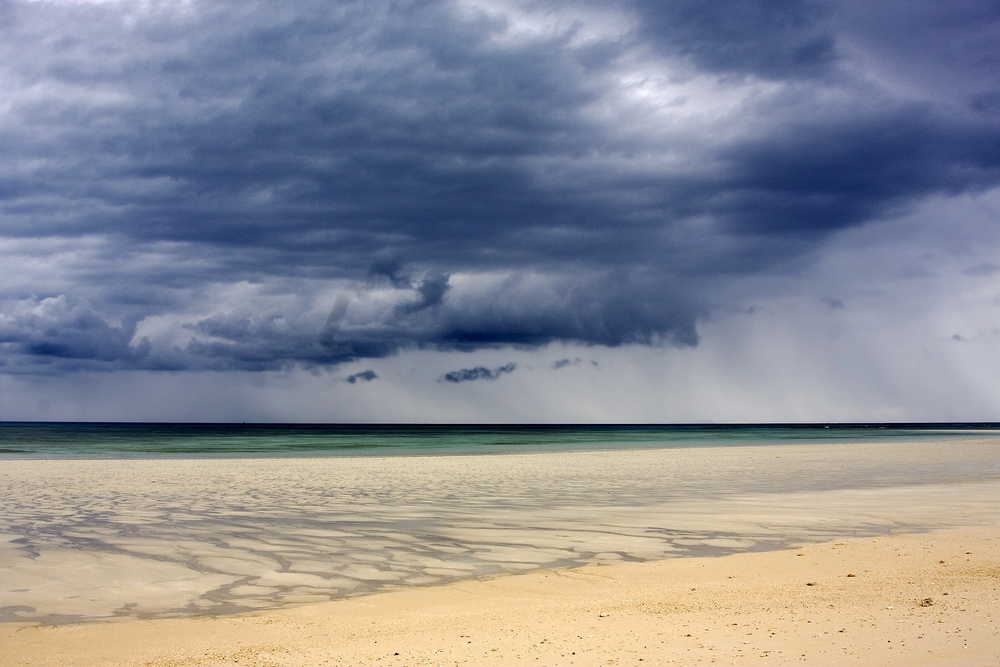
Madagascar’s break with Africa 160 million years ago created an environment like
nowhere else on Earth. This island is home to over 11,000 species of plants and
nearly 700 vertebrate species elsewhere on Earth.
An amazing 90% of wildlife in Madagascar is endemic – all native primate species, half of its birds, and most of its plants. The island has an extraordinary variety of microhabitats, from spiny forests to rainforests, which have led to incredible speciation among the lemur populations.
Galapagos Islands, Ecuador
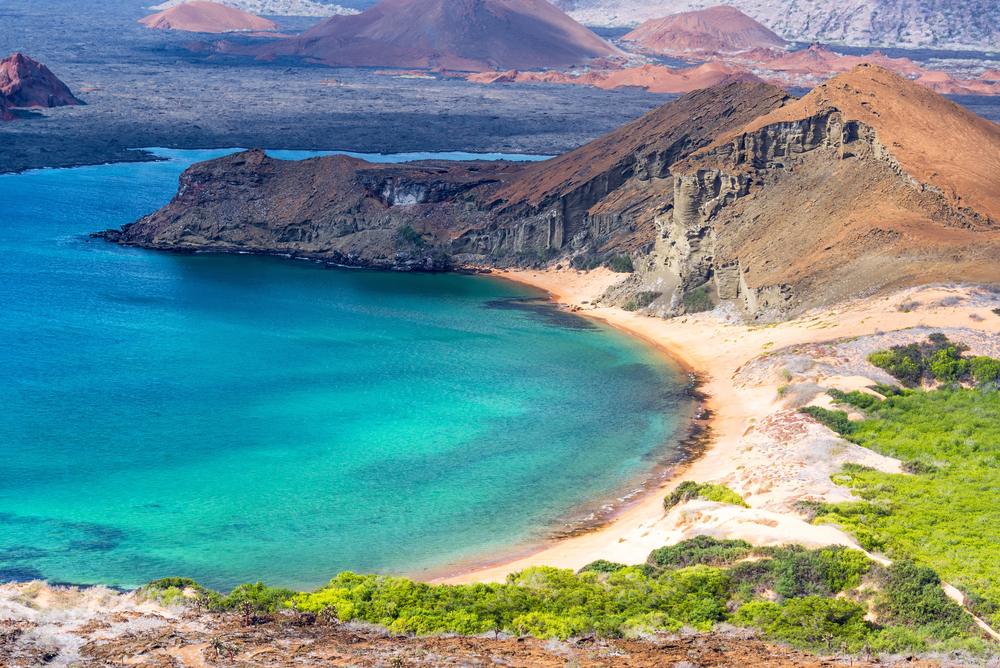
Volcanic islands 600 miles from Ecuador’s coast motivated Darwin’s evolution
theory. The archipelago boasts unique adaptations, such as marine iguanas, giant
tortoises, and finch species with special beaks.
Different subspecies on each island have evolved to adapt to conditions that demonstrate the process of evolution in action. Isolation and different ecological niches have evolved unique plant species, including over 180 endemic flowering plants.
Like Travel Pug’s content? Follow us on MSN.
Socotra, Yemen
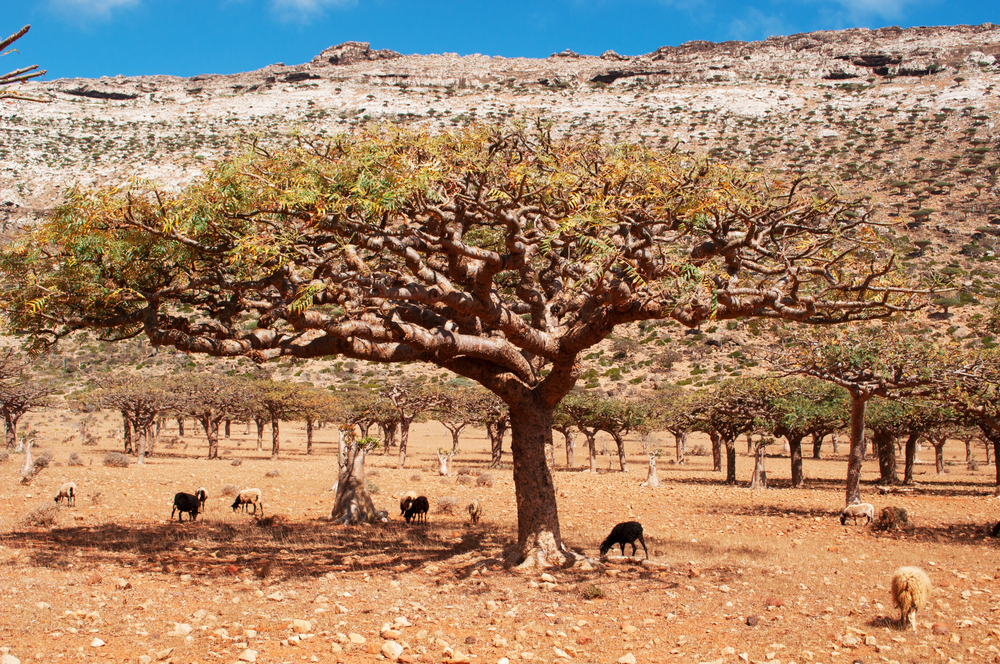
This ancient continental fragment houses some of Earth’s most bizarre-looking
plants. The iconic Dragon Blood Tree and bottle-shaped Desert Rose evolved in
isolation for over 20 million years.
Nearly 40% of the plant species on Socotra exist nowhere else on the planet. The island’s unique climate patterns, influenced by monsoon seasons, have contributed to the evolution of its distinctive and often otherworldly flora.
New Caledonia, South Pacific
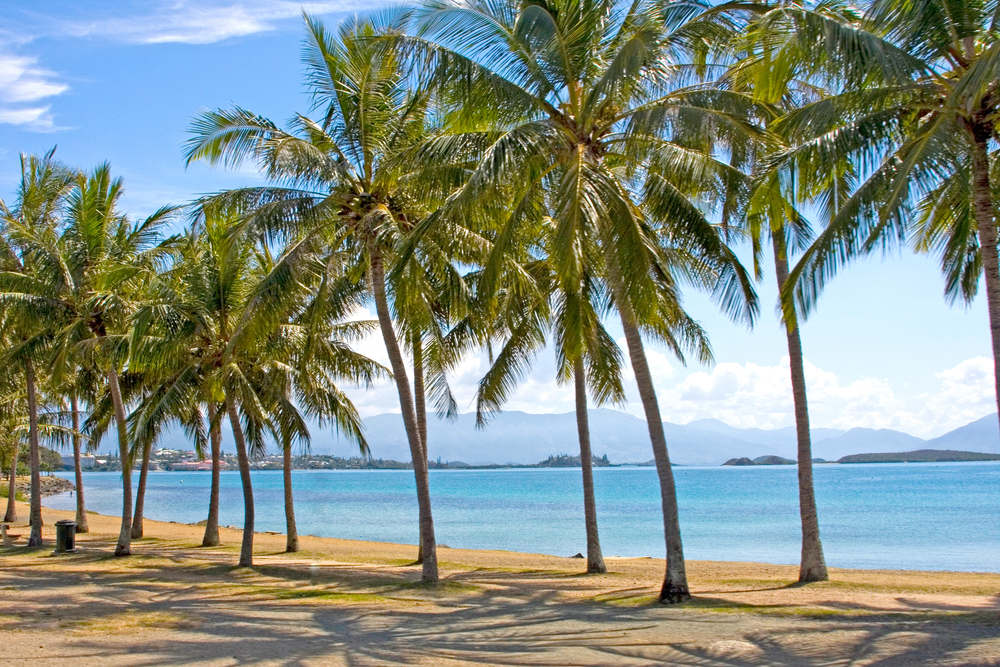
This South Pacific island boasts extraordinary biodiversity, with 76% endemic plants.
The island features unique formations like the ultramafic soil areas, which host
specialized plant communities adapted to high metal content.
The native Amborella plant represents the oldest known flowering plant lineage. The island’s extensive network of freshwater ecosystems harbors unique species of fish and invertebrates found nowhere else in the world.
Hawaii, United States
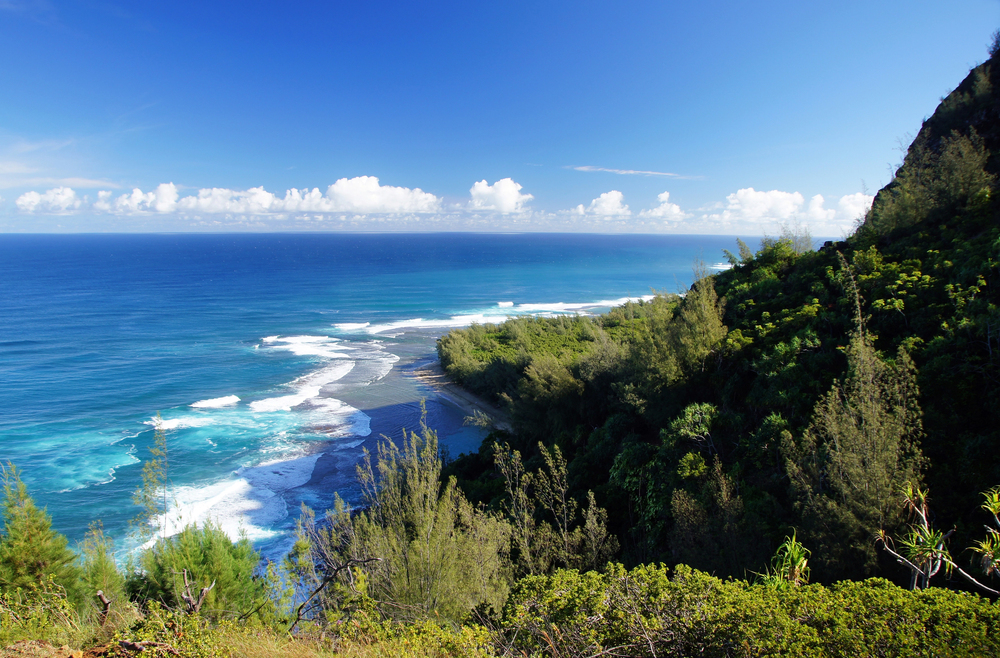
The Hawaiian archipelago exhibits spectacular examples of adaptive radiation. The
islands’ isolation caused the development of distinctive species, such as the
Honeycreeper birds, of which more than 50 are descendants of a single ancestor.
Plant life in the archipelago also shares these patterns, with the Silversword Alliance
being a good example of dramatic diversification.
Like Travel Pug’s content? Follow us on MSN.
Komodo Island, Indonesia
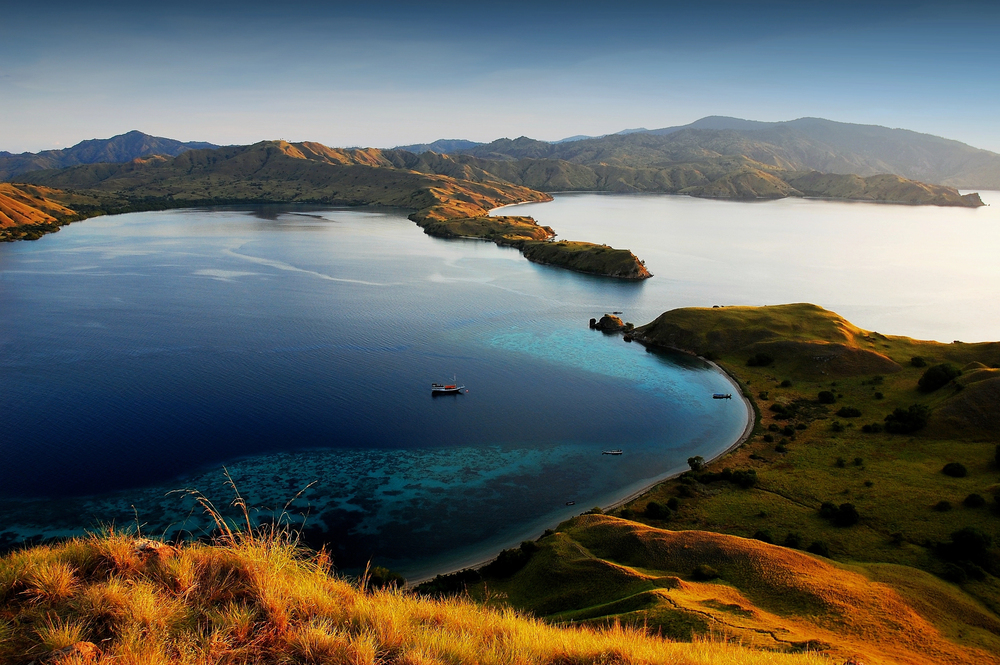
Home to the world’s largest lizard, the Komodo dragon, this island represents a
unique evolutionary story. The isolation allowed these monitor lizards to grow to
extraordinary sizes through island gigantism.
The island’s dry savanna ecosystem differs markedly from surrounding Indonesian rainforests.
Lord Howe Island, Australia
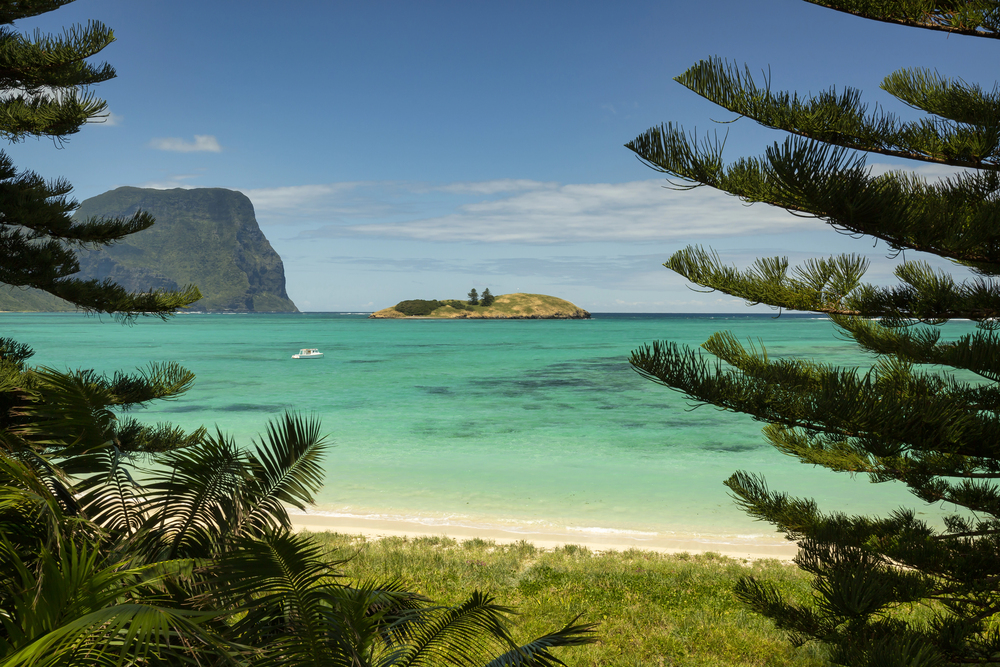
This crescent-shaped island contains the world’s southernmost coral reef system. It
hosts 241 native plant species, 47% of which are endemic. Once thought extinct, the
Lord Howe Island stick insect is one of the rarest insects globally.
The island’s unique Ball’s Pyramid formation provides critical habitat for several endemic species found nowhere else on Earth.
Aldabra Atoll, Seychelles
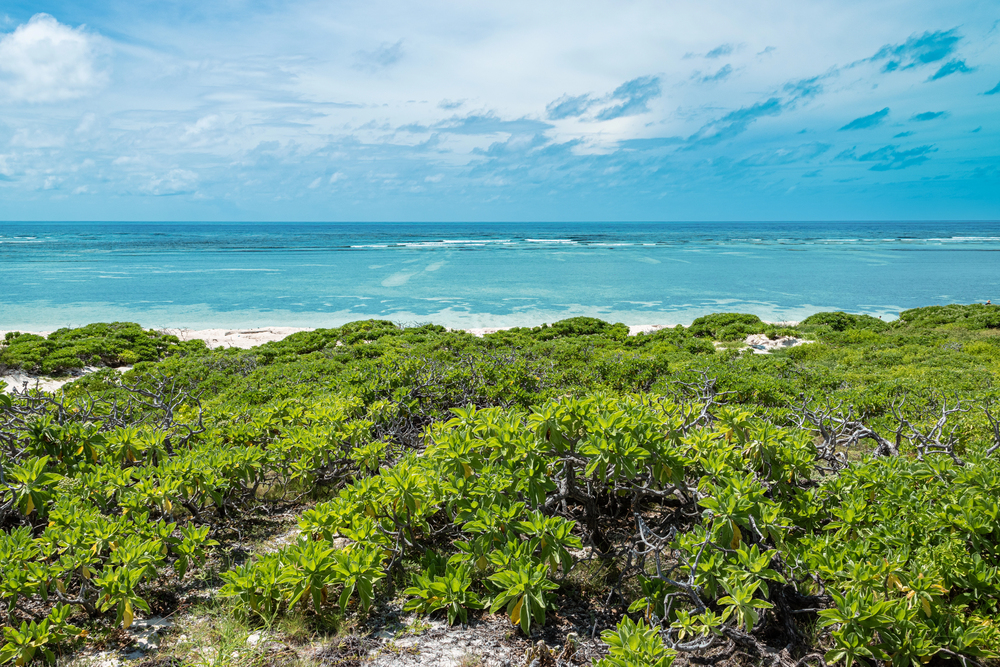
This raised coral atoll hosts the world’s largest giant tortoises in the wild. The
isolated ecosystem has remained largely unchanged for thousands of years. The
atoll’s unique geology creates distinct habitats that support endemic bird and plant
species.
Its pristine coral reef system supports over 300 fish species and hosts one of the largest populations of frigate birds in the Indian Ocean.
Like Travel Pug’s content? Follow us on MSN.
New Zealand
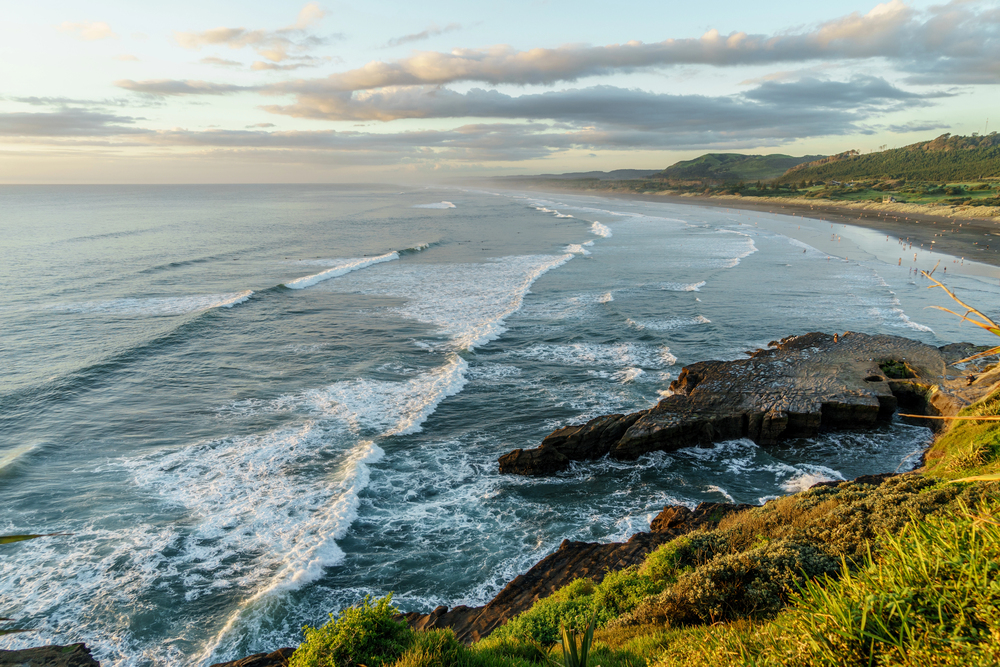
New Zealand has unique flightless birds and ancient reptiles isolated here. Tuataras
are the only survivors of an ancient order. Land mammals were non-existent here, so
various ecological niches could only be occupied by birds.
Diverse landscapes range from high alpine peaks to lowland coastal wetlands, resulting in distinct ecological zones that house unique adaptations within species.
Cyprus, Mediterranean Sea
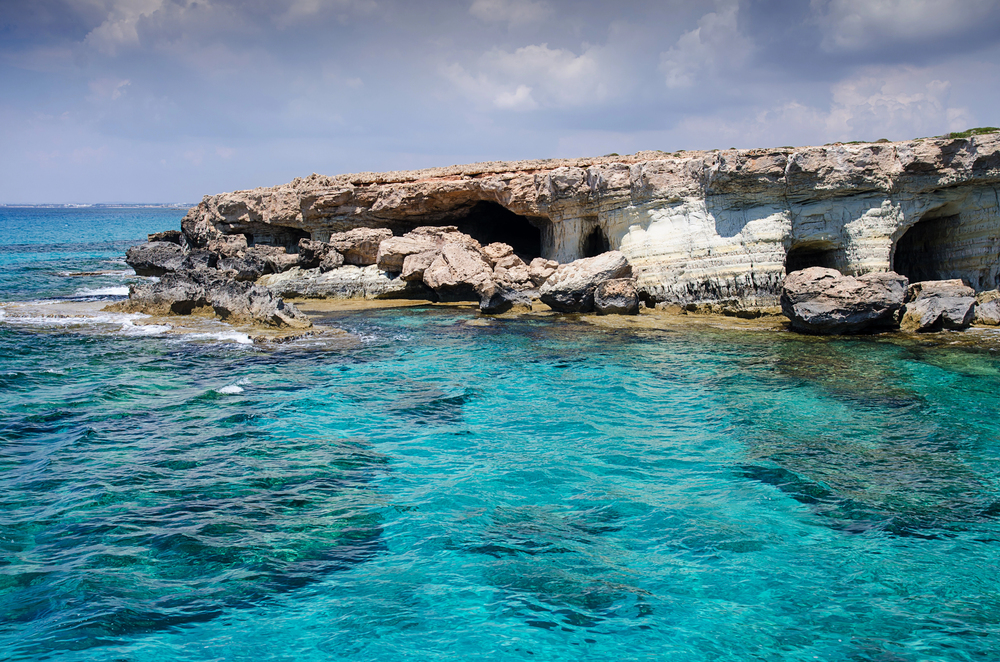
This Mediterranean island hosts unique combinations of European, Asian, and
African species. The island’s isolation has produced endemic mouflon sheep and
other organism subspecies.
Ancient human settlements created distinctive agricultural ecosystems that are still maintained today.The island harbors several endemic plant species found nowhere else in the world. Cyprus’s diverse geological history has created unique habitats ranging from coastal wetlands to mountain forests.
Wrangel Island, Russia
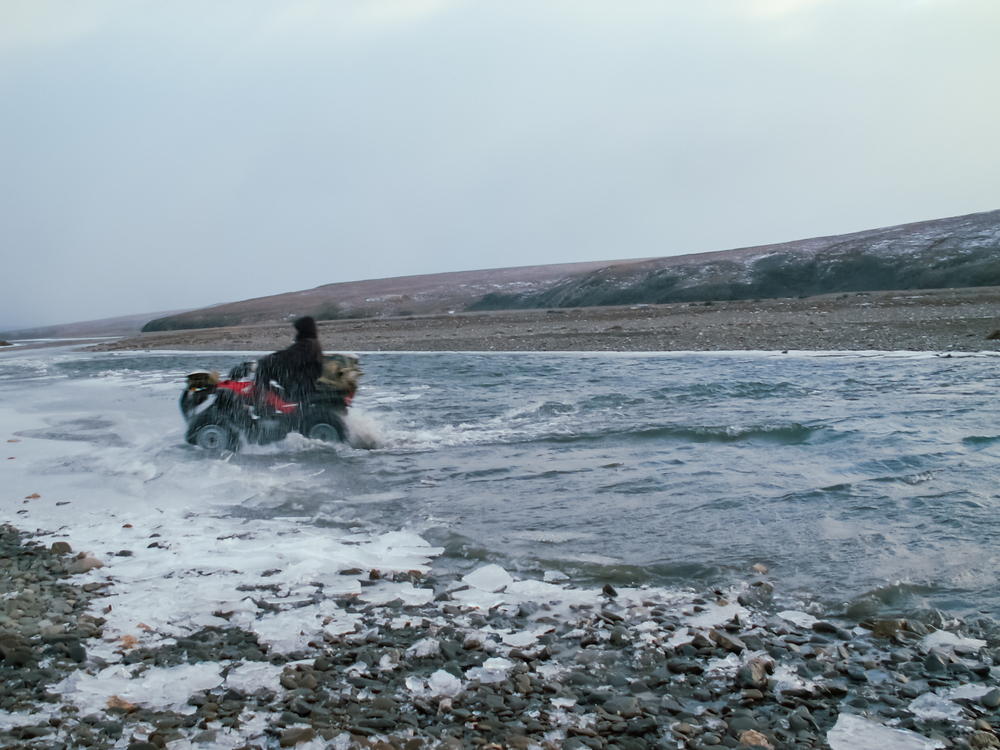
This Arctic island served as the last refuge for woolly mammoths, which survived
until 4,000 years ago. The island maintains unique plant communities adapted to
extreme conditions, and its isolation preserves ancient ecological relationships from
the Pleistocene era.
During the summer, the island supports the world’s largest population of Pacific walruses. Wrangel Island also hosts the world’s highest density of polar bears.
Like Travel Pug’s content? Follow us on MSN.
Falkland Islands
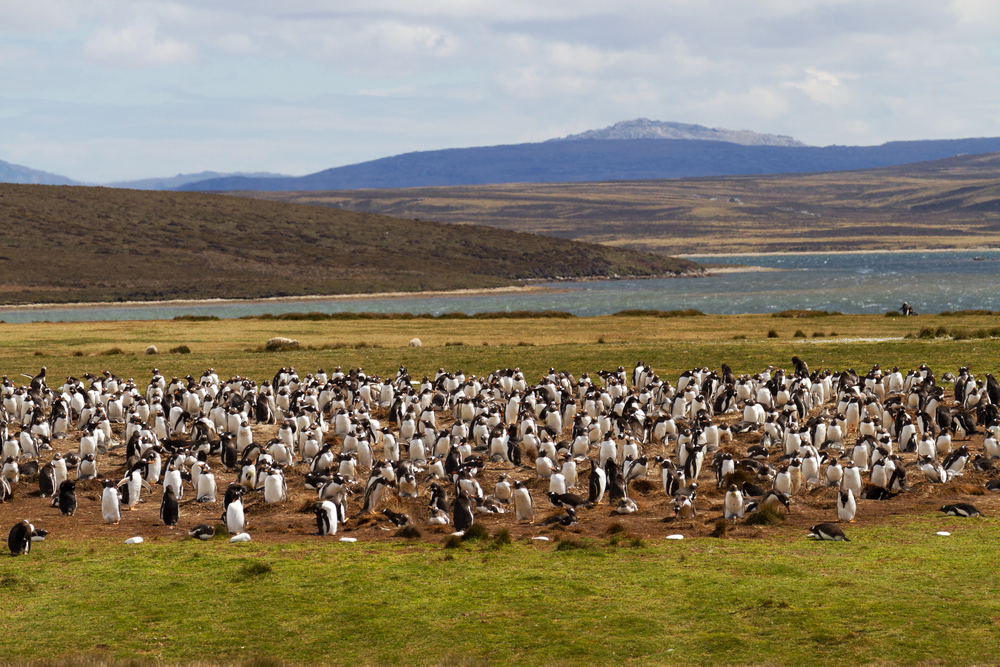
These South Atlantic islands feature distinctive breeding grounds for millions of
penguins and albatrosses. They host unique subspecies of plants and animals
adapted to subpolar conditions.
The absence of native land mammals allows ground- nesting birds to thrive. The archipelago supports the world’s largest breeding population of black-browed albatrosses. The islands’ extensive kelp forests provide crucial habitat for diverse marine species.
Christmas Island, Australia
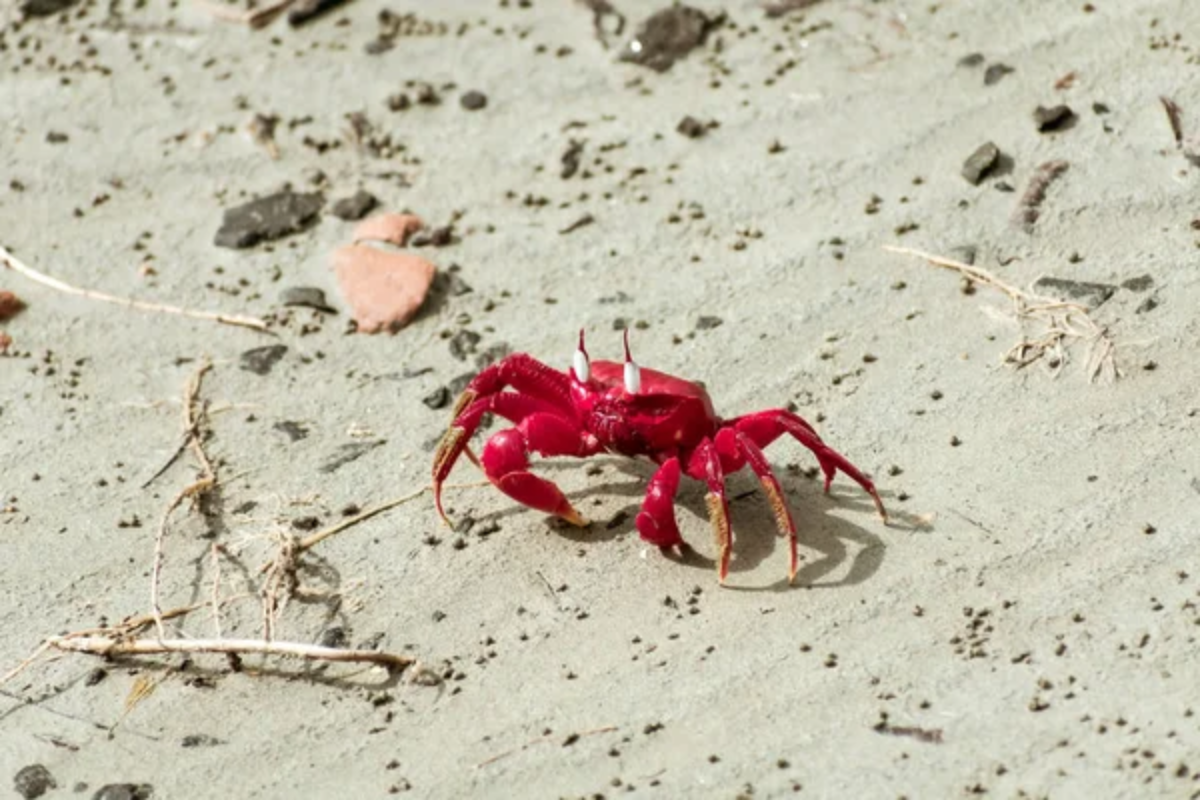
This isolated tropical island features unique red crab migrations involving millions of
individuals. The island’s karst terrain and phosphate deposits create distinctive
habitats.
Nearly 60% of the island’s rainforest remains pristine, supporting numerous endemic species. The island’s ecological isolation has led to the evolution of several endemic bird species, including the Christmas Island frigatebird.
Tasmania, Australia
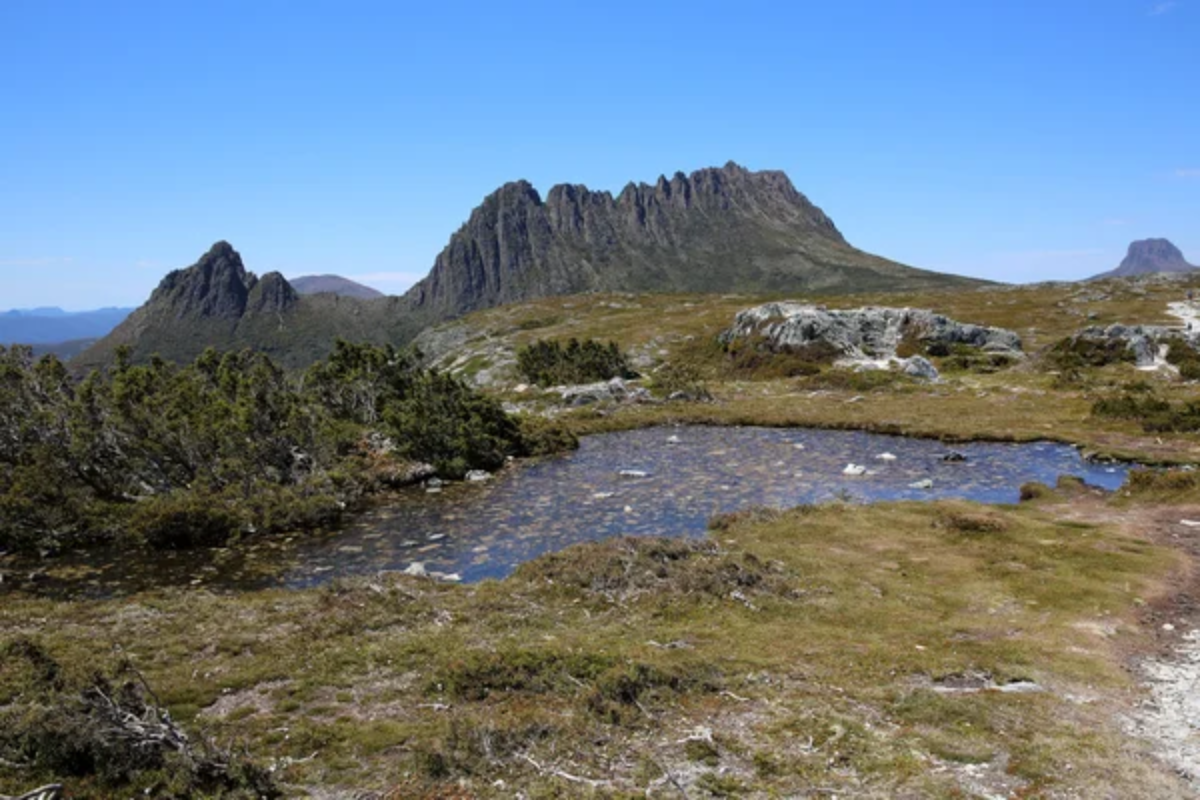
This island state preserves unique temperate rainforest ecosystems and ancient
plant species. Its isolation has allowed the survival of marsupial carnivores that are
extinct elsewhere.
The island’s diverse habitats support numerous endemic freshwater species and plant communities. The island hosts the endangered Tasmanian devil, the world’s largest surviving carnivorous marsupial.
Like Travel Pug’s content? Follow us on MSN.
Juan Fernandez Islands, Chile
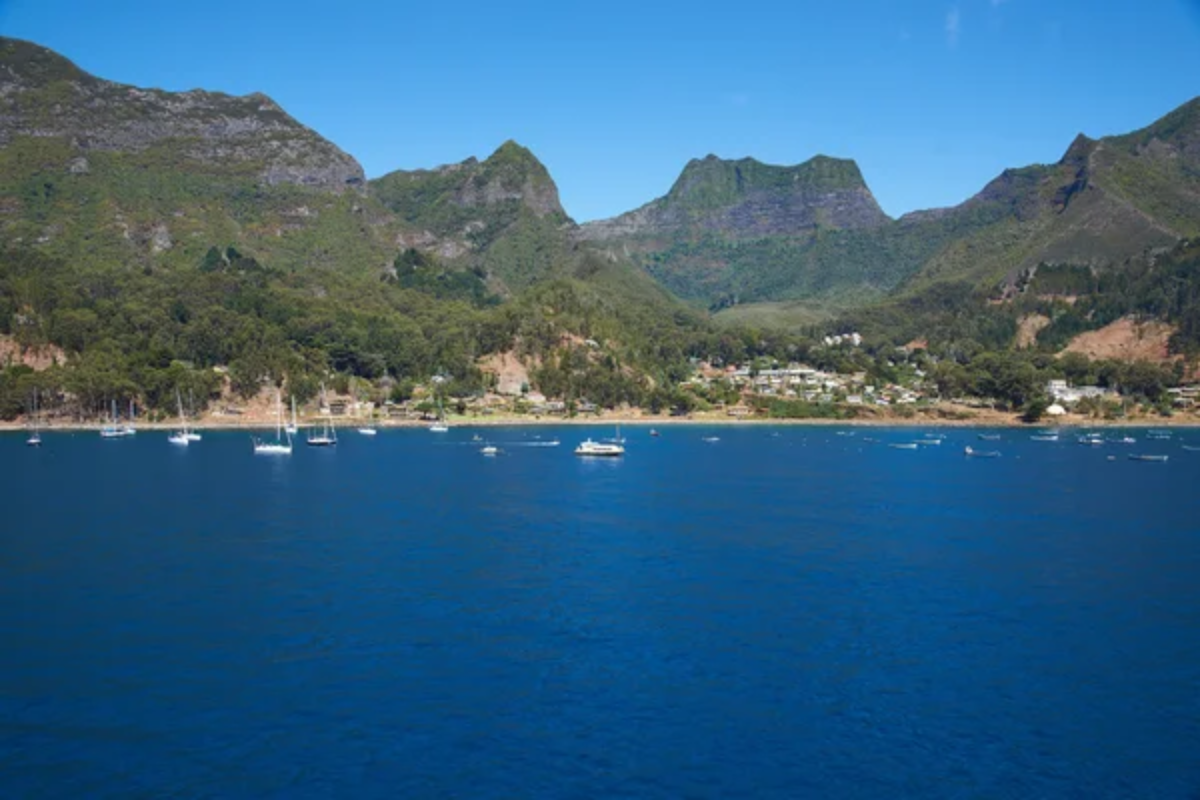
These Pacific islands display highly unique plant evolution that occurred in isolation.
More than 60% of the island’s endemic plant species occur nowhere else on Earth.
The islands’ cloud forests sustain characteristic communities of ferns and other
moisture-dependent flora. The islands have also historically been home to the Juan
Fernández fur seal, which recovered remarkably from near extinction during the 19th
century.
Preserving Nature’s Living Laboratories
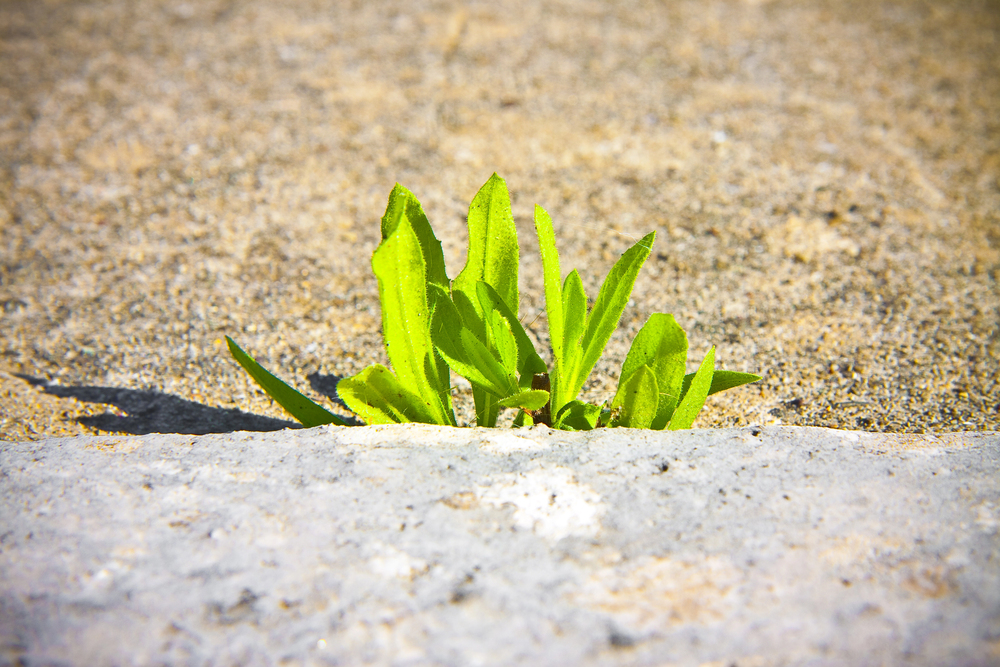
These unique island ecosystems are irreplaceable natural laboratories for
understanding evolution and adaptation. Their preservation and protection remain
critical to maintaining biodiversity worldwide and observing evolutionary processes.
Continued protection of these unique settings becomes ever more important, given
that climate change and human activities threaten them.
More from Travel Pug

- 15 Dangerous European Cities to Avoid
- 15 Caribbean Islands Where Tourists Keep Getting Scammed
- The 20 Most Fascinating Abandoned Places: A Journey Through Time and Forgotten Spaces
- 15 Hidden Places in the Smithsonian Museums Locals Love: A Guide to Lesser-Known Treasures
- 16 Hidden Florida Beach Towns That Aren’t Overrun with Tourists
Like Travel Pug’s content? Follow us on MSN.
